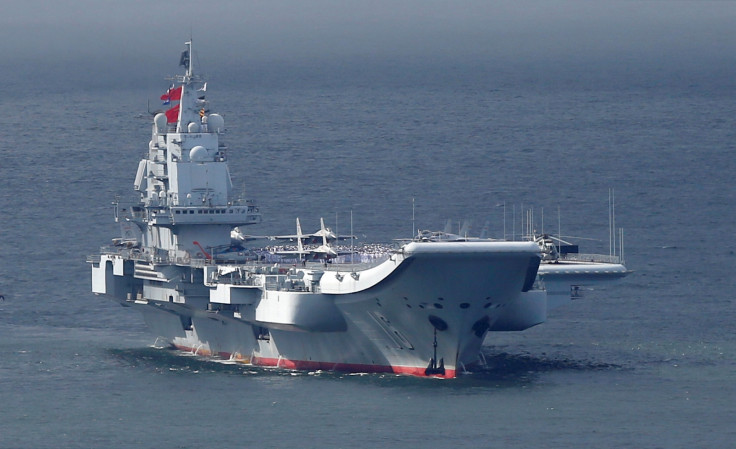China's plan for powerful naval fleets hit by budget squeeze. Blame Trump
High costs from the levies arehurting the PLA Navy, which is being forced to cut back on its ambitious shipbuilding plans.
President Donald Trump has embraced tariffs as a tool to inflict pain on trade partners who he says are hurting the American customer. While the jury is still out on the effectiveness of the punitive tariffs on China, reports say the high costs from the levies are already hurting the People's Liberation Army (PLA) Navy, which is being forced to cut back on its ambitious shipbuilding plans.
The South China Morning Post quoted an unnamed military source as sying, "The escalating tension between China and the United States has reminded Beijing's leaders that they need to be careful on how much they spend on new warships."
The PLA Navy has expanded at a rapid clip, launching advanced warships including two aircraft carriers as it seeks to support Beijing's expansionist claims in the South China Sea and to challenge the might of the U.S. Navy across the oceans.
According to the Centre for Strategic and International Studies in Washington, the PLA Navy has 300 ships, compared to 287 of the U.S. as of last year. Those numbers by themselves are no accurate comparison of the naval might of the United States and China because the U.S. Navy has battle groups built around massive aircraft carriers that no other nation has so far been able to challenge in terms of raw military power and the ability to project it across the globe.

The two navies have come face to face in the South China Sea, which is nearly all covered under China's expansionist claims. The U.S. Navy has been regularly doing sorties through the water body — what it calls 'freedom of navigation' operations.
The Chinese also are wary of the U.S.' ability to intervene in case a war breaks out with Taiwan, whose independence Beijing does not recognize.
The source told the Post that the basic cost of an aircraft carrier with hi-tech weaponry, controls and communications system and fighter jets would be around 50 billion yuan ($7.2 billion) and the Type 055 destroyers would cost over 6 billion yuan to build. The Type 055 destroyers are equipped with a total of 112 vertical launch cells that are capable of launching either surface-to-air or anti-ship missiles, and fitted with a modern sensor suite that includes phased array radars.
The lead vessel of U.S. navy's latest class of aircraft carrier is the USS Gerald R. Ford (CVN-78). The nuclear powered aircraft carrier had an acquisition cost of over $13 billion. Equipped with two newly-designed reactors, it has 250 percent more electrical capacity than previous carriers. The improvements will allow the ship to load weapons and launch aircraft faster than ever before.
In addition to the building cost, the cost of maintaining and repairing these warships would be an additional burden on the Chinese economy. Despite all this, Beijing-based naval expert Li Jie said China planned to establish four aircraft carrier battle groups by 2030, with three combat-ready at any given time.
Currently, China has two aircraft carriers: the Liaoning, a Soviet Admiral Kuznetsov class vessel bought from Ukraine in 1998, commissioned into the PLA navy on Sept. 2012, and the Type 001A, the country's first domestically built carrier.
While modernizing the military and raising it to the standards remains a priority for Chinese President Xi Jinping, rethinking the defense spending strategy long term is only natural due to the many demands on budget, with China's naval chiefs having to balance other considerations too.
This article originally appeared in IBTimes US.
This article is copyrighted by International Business Times, the business news leader





